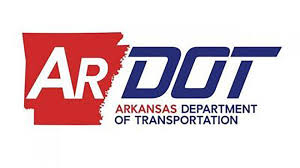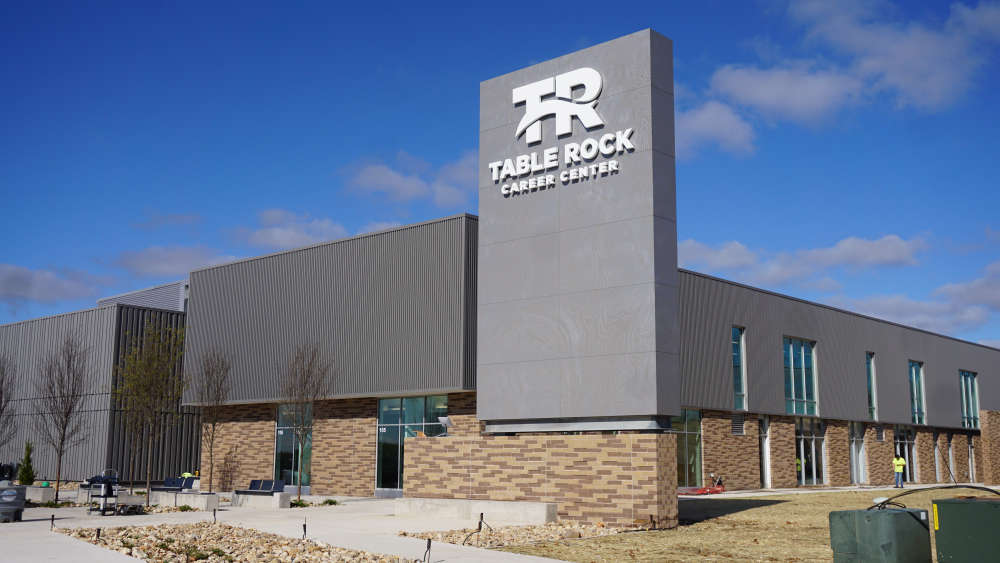
The state Transportation Department has written a plan to reduce carbon emissions by improving traffic flow and connecting highways more efficiently with railroad terminals and ports.
According to an Arkansas Senate press release, the department is due to receive $87 million from the federal government, between now and 2026, for projects that reduce carbon emissions.
According to federal studies, 26.6 percent of the carbon emissions in Arkansas come from transportation.
Trucks represent 4 percent of the registered vehicles in Arkansas, but large and mid-size trucks account for more than 4 percent of emissions for a couple of reasons. First, passenger car engines emit less carbon than heavy truck engines.
Secondly, a lot of the truck traffic in Arkansas was not counted in the energy study because they aren’t registered in Arkansas, but instead drive across the state on pass-through trips. Sections of Interstate 40 and Interstate 30 carry more than 20,000 trucks every day.
More than 2.1 million passenger vehicles are registered in Arkansas. In a typical year, Arkansas drivers are on the road less than the national average. Arkansas drivers average 26.6 miles a day, compared to 36.1 miles a day driven by the average American.
It stands to reason that if cars and trucks are stalled on the highway, the pollution they emit is greater than if they travel more quickly to their destination. That’s why the Department of Transportation will use some of the federal funding on traffic congestion and management.
For example, when a contractor wins a bid on a highway project, the Department uses a variety of techniques to minimize congestion in work zones.
If an accident is blocking lanes the Department can set up portable signs to alert drivers, so they have time to exit to another road and detour around the blockage.
In partnership with the State Police, the Transportation Department has trained 10,000 first responders to coordinate their duties at the site of an accident to clear the highway as quickly as possible. In 1,800 crashes that occurred in the first quarter of 2023, the median duration of lane blockage was 47 minutes.
Under state law, if you’re in a traffic accident in which there are no injuries, you’re expected to move your vehicle off the roadway. Removing your vehicle does not mean you are admitting liability, and it does not constitute a waiver of your rights to file a claim for personal injury.
Moving freight is an essential part of the Arkansas economy, and 18-wheelers move the bulk of it. Last year trucks moved 360 million tons of freight in Arkansas, compared to railroads moving 160 million tons and eight million tons being moved by waterway.
However, trains and barges are more efficient than trucks, in terms of the amount of air pollution they create. One barge can carry the tonnage of 16 train cars and 70 truck trailers. The Department can stimulate competition and lower carbon emissions at the same time, by improving connections between highways, train terminals and ports along waterways.
Other projects include expansion of bicycle and pedestrian paths, and building more roundabouts that eliminate waiting at red lights. Electronic vehicles are gaining market share, so the Department is developing plans to install charging stations along high-use corridors.

 Branson Schools Opens Two-Year-Old Preschool Classroom
Branson Schools Opens Two-Year-Old Preschool Classroom
 Table Rock Career Center Now Open
Table Rock Career Center Now Open
 Reduction of Drought Levels Continues
Reduction of Drought Levels Continues
 Crane Man Injured in Motorcycle Crash
Crane Man Injured in Motorcycle Crash







